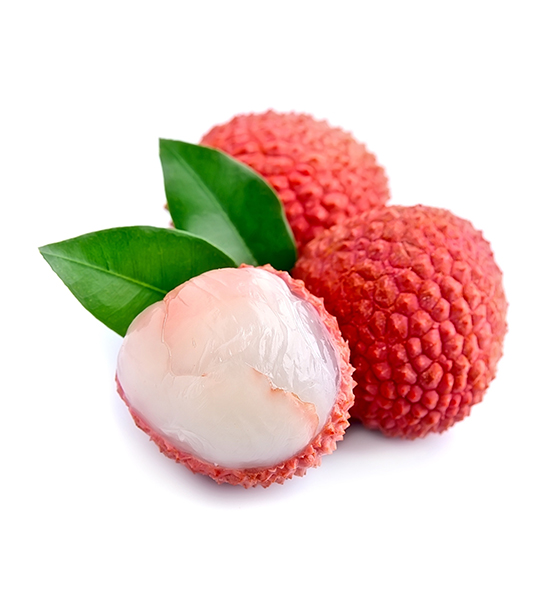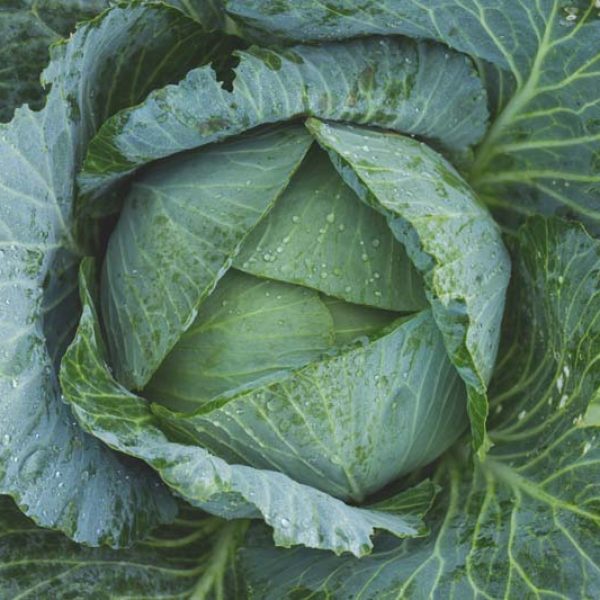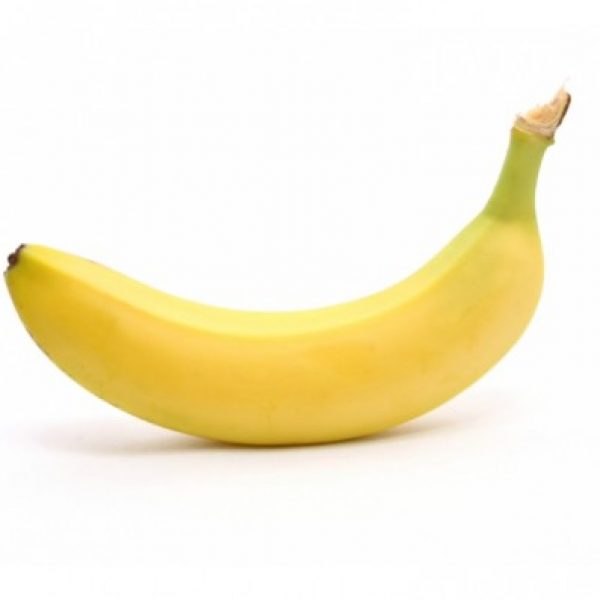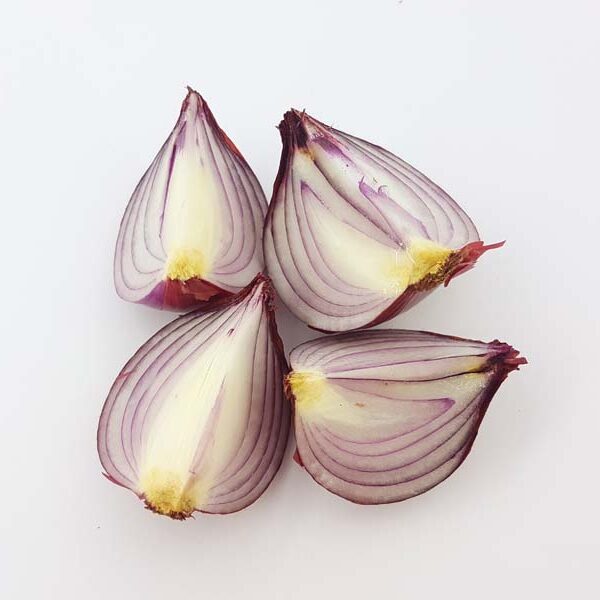Lychee is a tropical tree native to the Guangdong, Fujian, and Yunnan provinces of Southeast and Southwest China, where cultivation is documented from the 11th century.[3] China is the main producer of lychees, followed by India, other countries in Southeast Asia, the Indian Subcontinent, Madagascar and South Africa. A tall evergreen tree, the lychee bears small fleshy fruits. The outside of the fruit is pink-red, roughly textured, and inedible, covering sweet flesh eaten in many different dessert dishes.
Lychee
The lychee bears fleshy fruits that mature in 80–112 days depending on climate, location, and cultivar. Fruits vary in shape from round to ovoid to heart-shaped, up to 5 cm long and 4 cm wide (2.0 in × 1.6 in), weighing approximately 20 g.[9][10] The thin, tough skin is green when immature, ripening to red or pink-red, and is smooth or covered with small sharp protuberances roughly textured. The rind is inedible but easily removed to expose a layer of translucent white fleshy aril with a floral smell and a sweet flavor.[9] The skin turns brown and dry when left out after harvesting. The fleshy, edible portion of the fruit is an aril, surrounding one dark brown inedible seed that is 1 to 3.3 cm long and 0.6 to 1.2 cm wide (0.39–1.30 by 0.24–0.47 in). Some cultivars produce a high percentage of fruits with shriveled aborted seeds known as ‘chicken tongues’. These fruits typically have a higher price, due to having more edible flesh.[8] Since the floral flavor is lost in the process of canning, the fruit is usually eaten fresh.[9]




